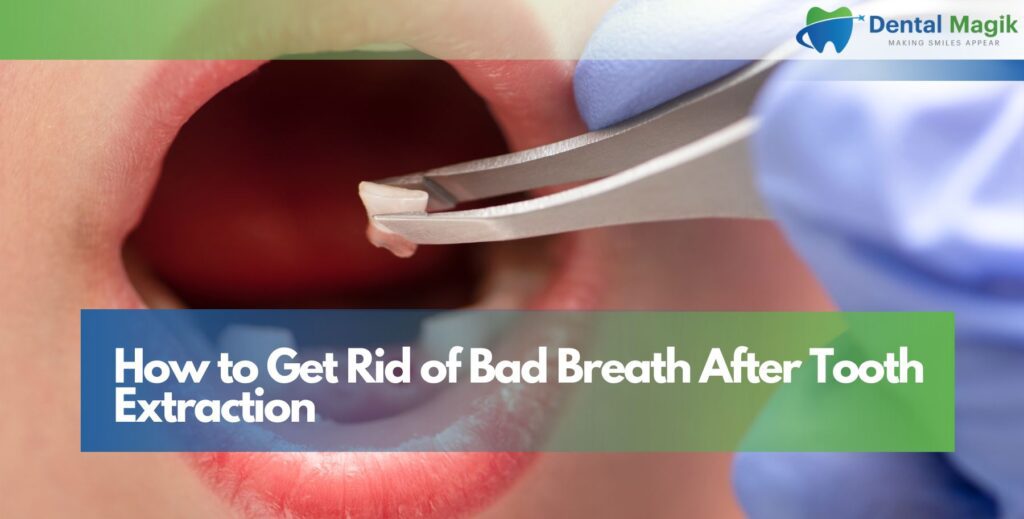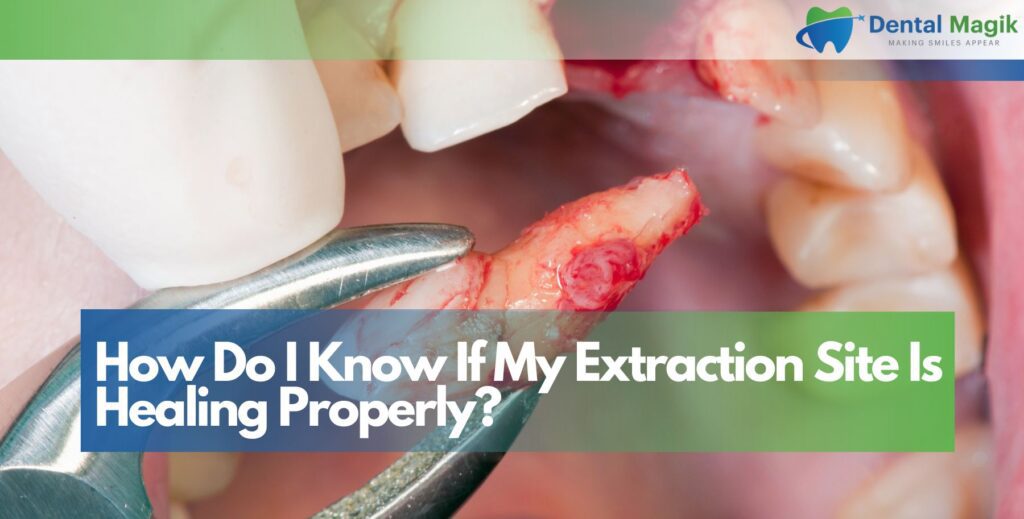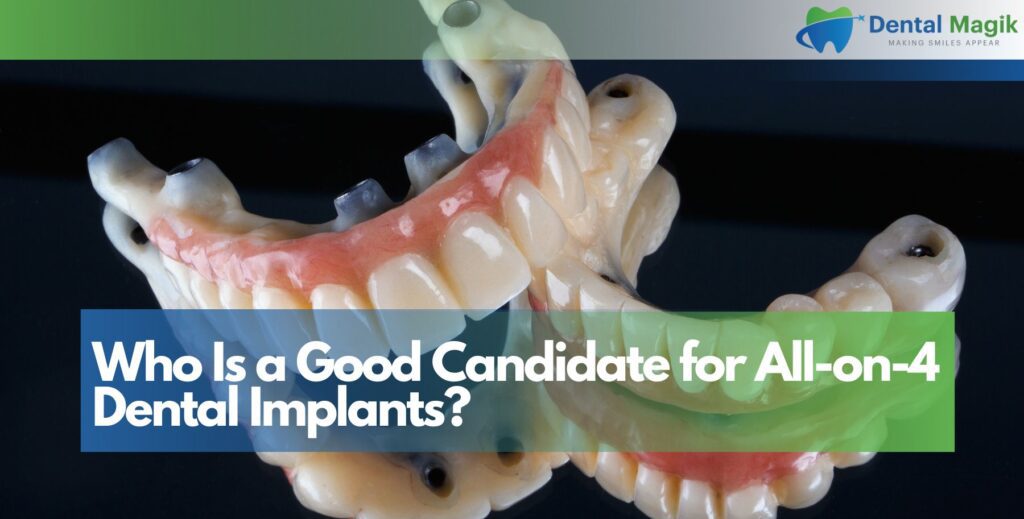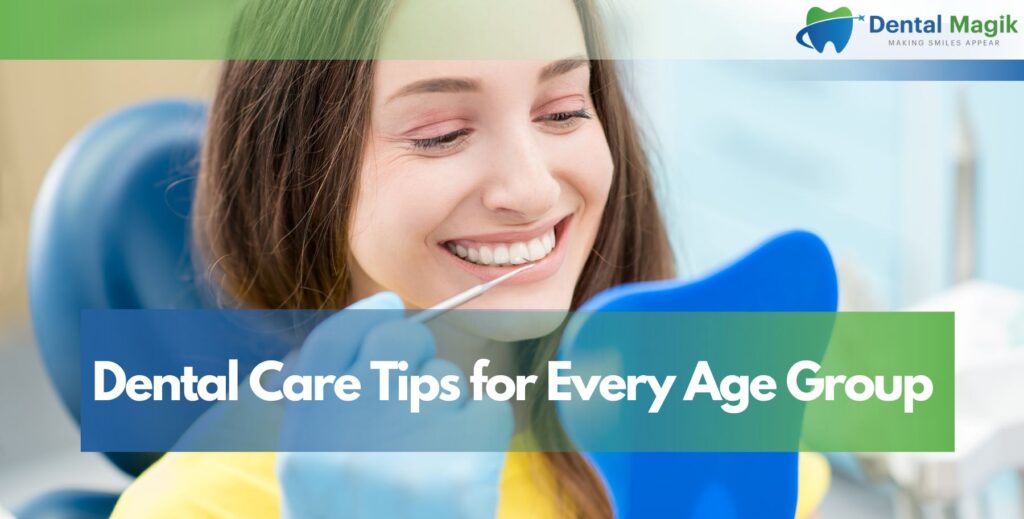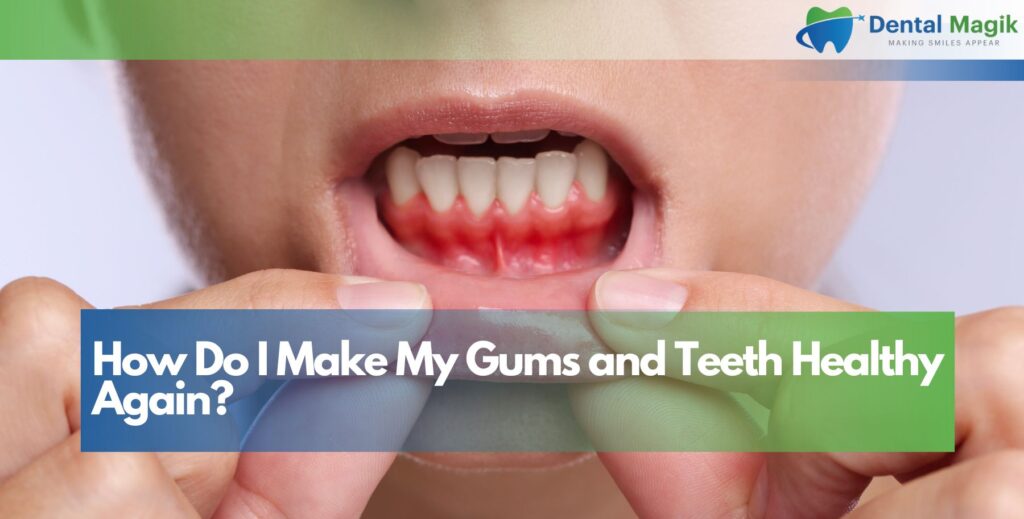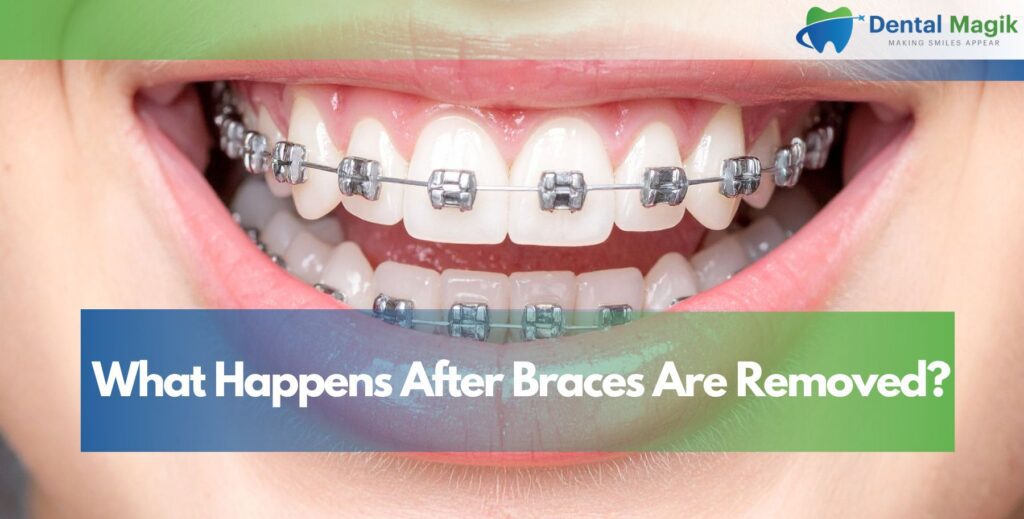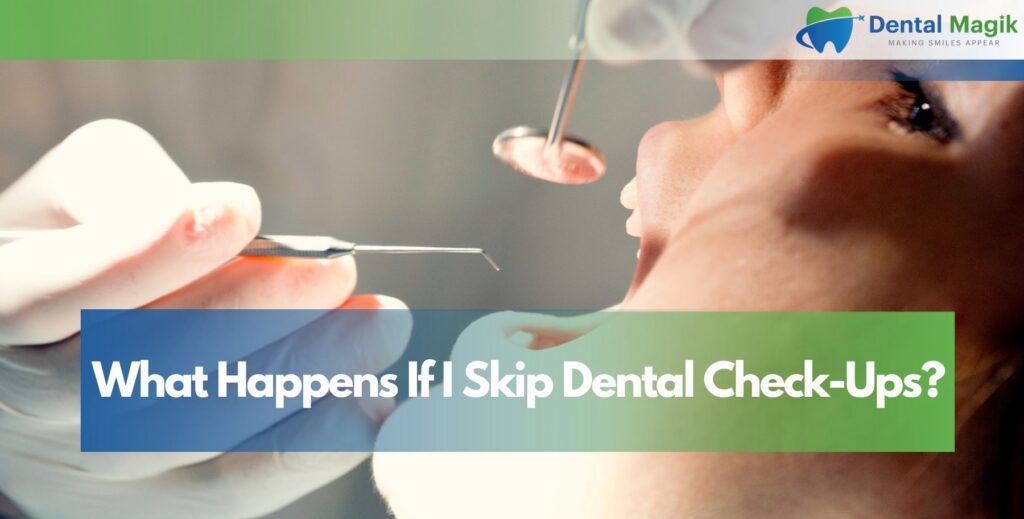Tooth extraction is a common dental procedure that millions of people undergo each year for various reasons, including severe decay, infection, crowding, or impacted wisdom teeth. While the procedure itself is relatively straightforward when performed by a skilled dentist, the recovery period can present some uncomfortable challenges. One of the most common and distressing post-extraction complaints is bad breath, medically known as halitosis. This unpleasant odor can be embarrassing and concerning, making you self-conscious about speaking closely with others or wondering whether something has gone wrong with your healing. The good news is that bad breath after tooth extraction is usually temporary and manageable with proper care and understanding. This comprehensive guide explores why bad breath occurs after tooth extraction, how long it typically lasts, and most importantly, effective strategies to eliminate it while promoting healthy healing.
Table of Contents
Understanding Why Bad Breath Occurs After Extraction
Before addressing how to eliminate bad breath after tooth extraction, it’s essential to understand the underlying causes so you can target your efforts effectively and recognize what’s normal versus what might require professional attention.
The Healing Process and Bacterial Activity
When a tooth is extracted, it leaves behind an open wound in your gum tissue and underlying bone. This extraction site becomes a temporary home for blood clots, healing tissues, and inevitably, bacteria. Your mouth naturally contains hundreds of bacterial species, most of which are harmless under normal circumstances. However, the extraction site provides an ideal environment for bacterial proliferation—it’s warm, moist, and contains blood and tissue debris that bacteria feed on. As bacteria break down this organic material, they produce volatile sulfur compounds that create the characteristic foul odor associated with bad breath. Additionally, the blood clot that forms in the extraction socket, while crucial for healing, can contribute to unpleasant taste and odor as it gradually dissolves and is replaced by new tissue. This bacterial activity and the presence of healing tissues are normal parts of the recovery process, which is why some degree of bad breath is extremely common and expected after extractions.
Food Particles and Debris Accumulation
Another significant contributor to post-extraction bad breath is the accumulation of food particles and debris in and around the extraction site. The socket left by the extracted tooth creates a small pocket where tiny food particles can easily become trapped, especially during the first several days of healing. You may be eating softer foods during recovery, but even liquids and pureed foods can leave residue in the extraction area. Because the site is tender and you’ve likely been instructed to avoid brushing directly over it initially, these trapped particles aren’t easily removed through normal oral hygiene. As food debris sits in the extraction socket, it decomposes and provides additional fuel for odor-causing bacteria. This accumulation is particularly problematic with lower extractions, as gravity naturally causes food and debris to settle into these lower sockets more readily than upper ones.
Difficulty Maintaining Normal Oral Hygiene
Pain, swelling, and fear of disturbing the healing site often prevent patients from maintaining their usual thorough oral hygiene routine after tooth extraction. You may be reluctant to brush near the extraction area, unable to rinse vigorously, or avoiding certain areas entirely due to discomfort. This reduced oral hygiene allows plaque and bacteria to accumulate not just at the extraction site but throughout your mouth, contributing to overall bad breath. The prescription pain medications some patients take after extraction can also cause dry mouth as a side effect, reducing saliva flow that normally helps cleanse your mouth and control bacteria. All these factors combine to create an environment where bad breath can flourish during the healing period.
How Long Bad Breath Typically Lasts
Understanding the normal timeline for post-extraction bad breath helps you gauge whether your experience is typical or whether you should contact your dentist about potential complications.
Normal Duration and Progression
For most patients, bad breath after tooth extraction peaks during the first two to three days following the procedure, when bacterial activity is highest and the blood clot is most prominent. The odor typically begins to improve noticeably around day four or five as healing progresses and you’re better able to keep the area clean. By the end of the first week to ten days, bad breath should be significantly diminished or resolved entirely for straightforward extractions. However, surgical extractions, wisdom teeth removal, or cases involving infection before the extraction may take slightly longer to fully resolve—sometimes two to three weeks. If bad breath persists beyond three weeks or suddenly worsens after initially improving, this could indicate complications like infection or dry socket that require professional evaluation and treatment.
Effective Strategies to Eliminate Bad Breath
While some bad breath is inevitable during the initial healing period, several strategies can significantly reduce the odor and help you feel more comfortable during recovery.
Gentle Saltwater Rinses
One of the most effective and safe methods for reducing bad breath after tooth extraction is regular gentle saltwater rinsing. Beginning 24 hours after your extraction—not immediately, as this could dislodge the crucial blood clot—mix one-half teaspoon of salt in eight ounces of warm water and gently swish the solution around your mouth, particularly allowing it to flow over the extraction site. The saltwater helps remove food particles and debris, reduces bacteria that cause odor, decreases inflammation, and promotes healing. Perform this rinse after every meal and before bed, using gentle swishing motions rather than vigorous rinsing or spitting, which could disturb healing. The antibacterial properties of salt combined with the mechanical cleansing action of the rinse make this simple remedy remarkably effective for managing post-extraction bad breath.
Proper Oral Hygiene Around the Extraction Site
Maintaining excellent oral hygiene throughout your mouth while being careful around the extraction site is crucial for controlling bad breath. Continue brushing your teeth at least twice daily, carefully avoiding the extraction socket for the first few days but thoroughly cleaning all other teeth. After the initial 24 to 48 hours, you can very gently brush around the extraction area using a soft-bristled toothbrush, being extremely careful not to disturb the blood clot. Brush your tongue gently as well, as it harbors bacteria that contribute significantly to bad breath. Clean the roof of your mouth and inside your cheeks. Use an antimicrobial or alcohol-free mouthwash if approved by your dentist, typically starting 24 hours post-extraction. This comprehensive but gentle oral hygiene approach keeps bacterial populations under control throughout your mouth, significantly reducing bad breath while protecting the healing extraction site.
Staying Hydrated
Adequate hydration is often overlooked but plays an important role in managing post-extraction bad breath. Drinking plenty of water throughout the day helps rinse away food particles and bacteria, stimulates saliva production that naturally cleanses your mouth and controls odor-causing bacteria, prevents dry mouth that can worsen bad breath, and supports overall healing. Aim for at least eight glasses of water daily during your recovery period. Avoid using straws for the first week, as the suction can dislodge the blood clot, but sip water frequently throughout the day. If you’re taking pain medications that cause dry mouth, increasing water intake becomes even more important for both comfort and breath freshness.
Dietary Considerations
What you eat during recovery significantly impacts both your healing and your breath. Choose soft, nutritious foods that are easy to eat and less likely to become trapped in the extraction socket, such as yogurt, smoothies, mashed potatoes, scrambled eggs, and well-cooked vegetables. Avoid foods with small particles like rice, seeds, or nuts that easily become lodged in the extraction site. Stay away from spicy, acidic, or extremely hot foods that can irritate the healing area. Crunchy or hard foods should be avoided as they can damage the extraction site or dislodge the blood clot. Interestingly, eating fresh parsley or mint leaves (chewed gently on the opposite side of your mouth) can help naturally freshen breath, and sugar-free gum or mints may be used after the first few days if approved by your dentist. Being mindful of your diet helps minimize food accumulation while supporting healing and fresher breath.
When to Seek Professional Help
While bad breath is common after tooth extraction, certain signs indicate potential complications that require prompt professional attention rather than just continued home care.
Warning Signs of Complications
Contact your dentist immediately if you experience severe, worsening bad breath accompanied by a foul taste that doesn’t improve with rinsing, increasing pain several days after the extraction rather than gradual improvement, visible loss of the blood clot with an empty-looking socket (dry socket), fever, excessive swelling that worsens after the first 48 hours, or pus or discharge from the extraction site. These symptoms could indicate infection, dry socket, or other complications that need professional treatment. Early intervention for complications typically leads to faster resolution and better outcomes, so don’t hesitate to contact your dentist if you’re concerned. For those who underwent Tooth Extraction in East Brunswick, NJ or anywhere else, your dental provider should be available to address post-operative concerns and ensure your recovery proceeds smoothly.
Additional Tips for Fresh Breath During Recovery
Beyond the fundamental strategies already discussed, several additional approaches can help you maintain fresher breath and greater comfort during your tooth extraction recovery period.
Using Medicated Rinses Appropriately
Your dentist may prescribe or recommend antimicrobial mouth rinses containing chlorhexidine or other antibacterial agents to help control bacteria and reduce infection risk after extraction. These medicated rinses can be highly effective for reducing bad breath, but they must be used according to instructions—typically starting 24 hours after extraction and used for a limited time, as prolonged use can cause tooth staining or alter taste sensation. Never use these rinses as a substitute for gentle mechanical cleaning through brushing and saltwater rinsing, but rather as a complement to your overall oral hygiene routine during recovery.
Addressing Dry Mouth
If you’re experiencing dry mouth from pain medications or as a reaction to the extraction, taking steps to increase saliva flow helps combat bad breath. Chew sugar-free gum once initial healing has occurred and your dentist approves, suck on sugar-free candies or lozenges to stimulate saliva production, use over-the-counter saliva substitutes or moisturizing mouth sprays if needed, and avoid alcohol-containing mouthwashes that can further dry your mouth. Breathing through your nose rather than your mouth also helps prevent drying. Managing dry mouth not only improves breath but also enhances comfort and supports healing.
Maintaining Follow-Up Appointments
Attending all scheduled follow-up appointments with your dentist allows professional monitoring of your healing progress and provides opportunities to address any concerns about bad breath or other symptoms. Your dentist can examine the extraction site to ensure healing is progressing normally, remove any stubborn debris if necessary, provide additional guidance tailored to your specific situation, and offer reassurance or treatment if complications have developed. These appointments are an important part of the recovery process and shouldn’t be skipped even if you feel you’re healing well.
Long-Term Prevention After Full Recovery
Once your extraction site has fully healed and bad breath has resolved, maintaining excellent oral health prevents future problems and the potential need for additional extractions.
Comprehensive Oral Care
Resume your complete oral hygiene routine once healing is complete, including thorough brushing twice daily, daily flossing, regular use of mouthwash, and tongue cleaning. Schedule and maintain regular dental checkups and professional cleanings every six months to catch problems early before they require extraction. Address any dental issues promptly rather than delaying treatment until extraction becomes necessary. Adopt a tooth-healthy diet low in sugar and acidic foods. If you required extraction due to gum disease, be especially vigilant about oral hygiene and professional care to prevent further tooth loss. Taking care of your remaining teeth is the best way to avoid additional extractions and the temporary bad breath that accompanies them.
Conclusion
Bad breath after tooth extraction is a common, usually temporary condition that results from the natural healing process, bacterial activity, food accumulation, and temporary changes in oral hygiene practices. While it can be uncomfortable and embarrassing, understanding that it’s a normal part of recovery helps ease concerns. The good news is that with proper care—including gentle saltwater rinses, careful oral hygiene, adequate hydration, and appropriate dietary choices—you can significantly minimize bad breath during the healing period. Most patients experience substantial improvement within the first week, with complete resolution by two to three weeks.
If you’re experiencing persistent or worsening bad breath after tooth extraction, or if you have other concerning symptoms, don’t hesitate to contact your dental provider for evaluation. Consider reaching out to an experienced Dentist in East Brunswick, NJ who can assess your healing progress, address any complications, and provide personalized guidance for managing post-extraction symptoms. With proper care and professional support, you’ll soon complete your recovery with fresh breath and improved oral health, putting the extraction experience behind you and moving forward with confidence.

